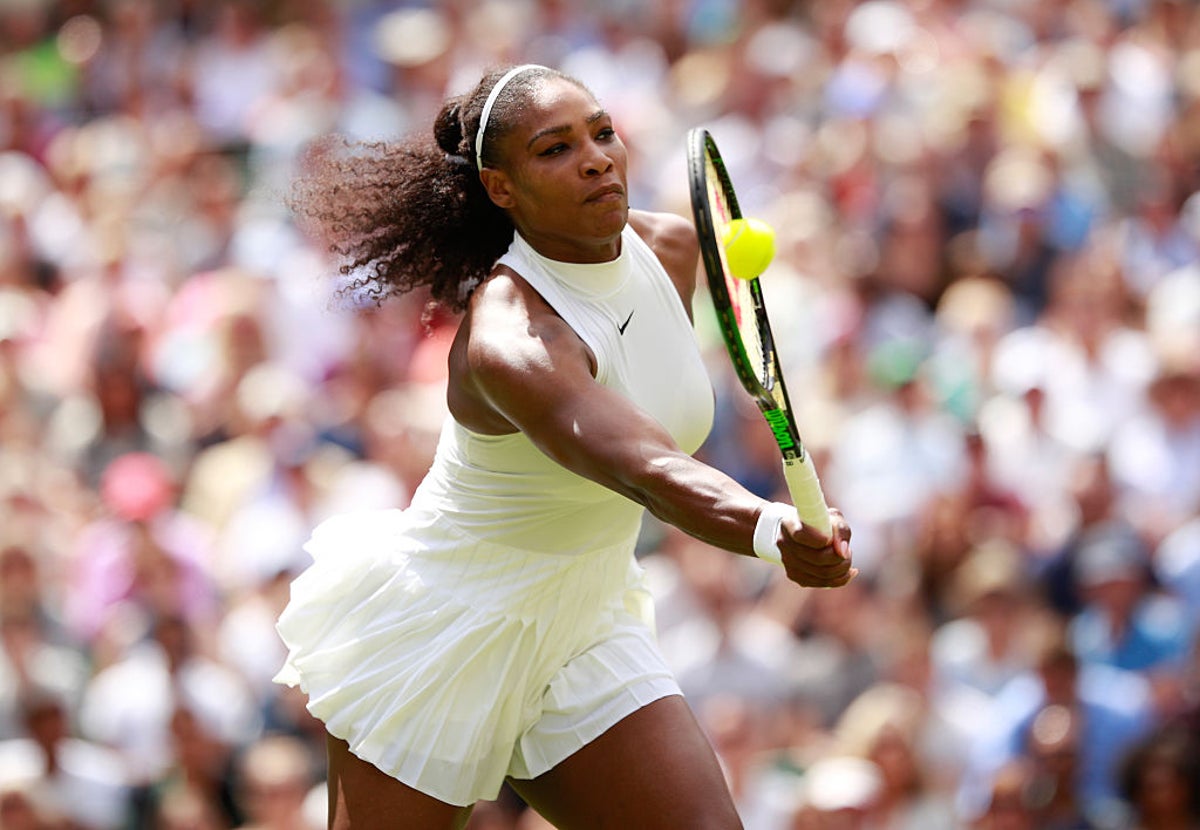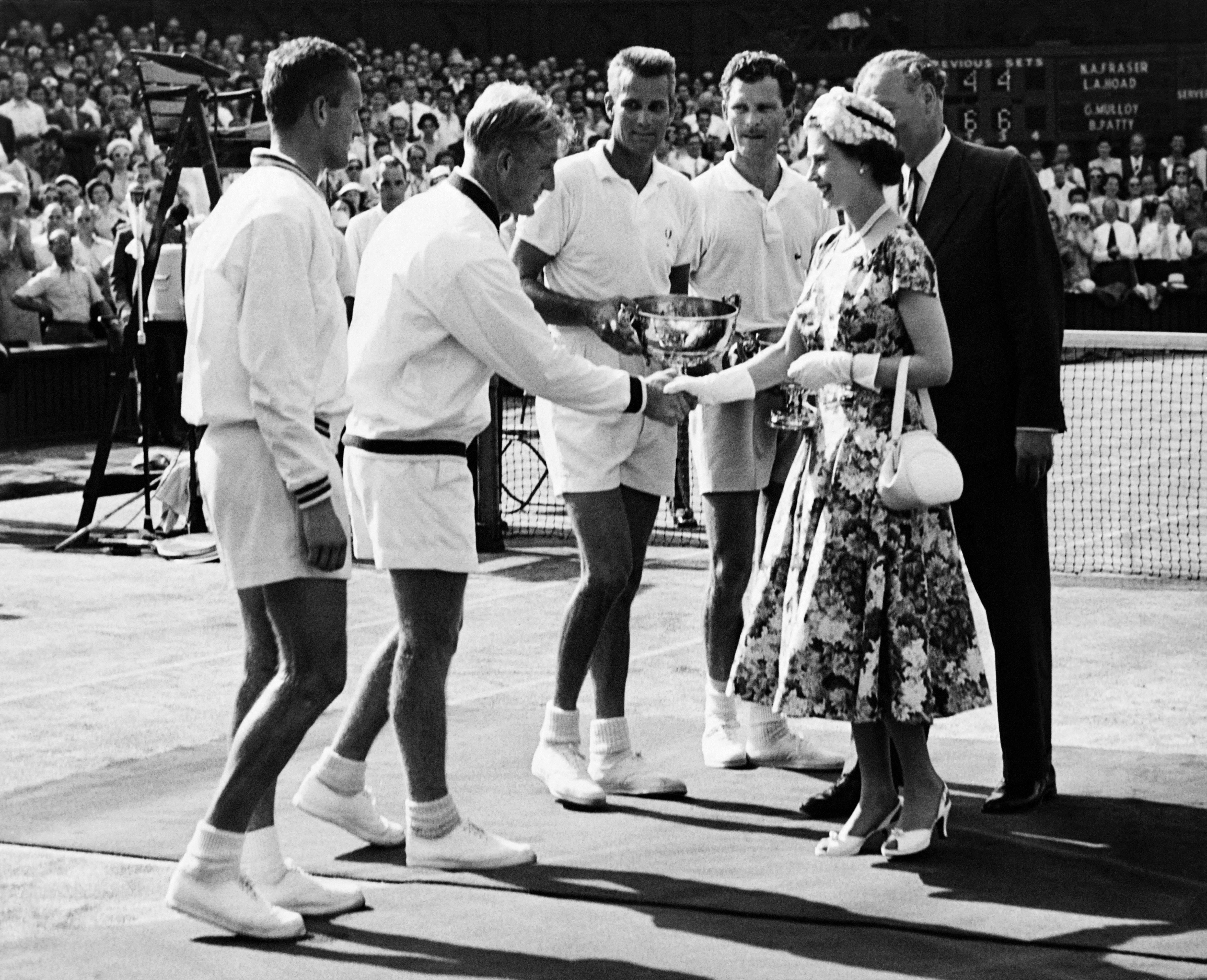
The Wimbledon Championships, the biggest fixture on the professional tennis calendar, is a tournament that is heavily embedded in tradition.
Dating all the way back to 1877, one of the most distinctive features of the esteemed sporting competition is the very strict dress code imposed on the players who take part.
It is a well-known fact that participants must wear all-white outfits when they walk onto the court.
However, there’s more to the guidelines than simply wearing an ensemble that’s devoid of all colour.
Players must be careful about the specific shade of white that they wear, as clothes that are off-white or cream in colour are not permitted.
Furthermore, the tournament outlines very specific rules about the amount of colour that’s allowed when featured on necklines, the cuffs of sleeves or headbands.
Strips of colour can be no wider than a single centimetre, and logos on clothing that consist of patterns are not allowed.
So, where did the all-white dress code at Wimbledon come from?
Here’s everything you need to know:
The history of the dress code
The notion of “tennis whites” dates back to the 1800s, when people would play tennis at social events.

Players wore white in order to avoid sweat patches appearing on coloured clothing, as Valerie Warren explains in Tennis Fashions: Over 125 Years of Costume Change.
“One problem which simply had to be addressed very early on was that of perspiration,” Warren writes.
“As increased skill at the game led to more movement on court, this in turn led to the dreaded problem of perspiration causing the appearance of embarrassing damp patches on coloured fabrics.”
According to Warren, the rule was imposed specifically with women in mind as it was “quite unthinkable that a lady should be seen to perspire.”
The Wimbledon rules
In 2014, Wimbledon issued a 10-part “decree” of new rules that players had to follow when dressing for their matches to supplement the all-white guideline that had already been in existence.
The decree included a number of new rules that players had to follow, including the specific shade of white that they’re allowed to wear.

However, it went even further, specifying the exact measurement of colour that competitors are permitted to wear while competing at SW19.
The rules now state that only a “single trim of colour” that’s no wider than one centimetre is allowed on the neckline, the cuff of sleeves, on headbands and on underwear.
The tournament also imposed stricter rules on visible undergarments, outlining that any underwear that’s visible during play must be strictly white.
This guideline extends to accessories such as caps, headbands, bandanas, wristbands and shoes, which includes the soles.
Former Wimbledon champion Pat Cash vehemently chastised the competition for its austere rules the same year that the updated guidelines were announced, after he was forced to pull out of the veterans’ competition on account of his shoes.
He described the dress code as “archaic thinking“, stating that he believes the rules were put into place in order to force the women to play without underwear.
Do the other Grand Slams have similar rules?
The US Open used to have an all-white dress code as well. However, this was changed in 1972 to allow coloured clothing.
The French Open is similarly liberal when it comes to its dress code.

However, Tennis Australia imposes slightly stricter rules on the players who participate in the Australian Open.
While playing in the tournament, competitors must wear “acceptable tennis attire”, which includes wearing headwear that has been deemed as suitable by the umpire.
Only one logo is allowed on each sleeve of the players’ tops and any logos or designs on headwear must be “tennis specific”.







